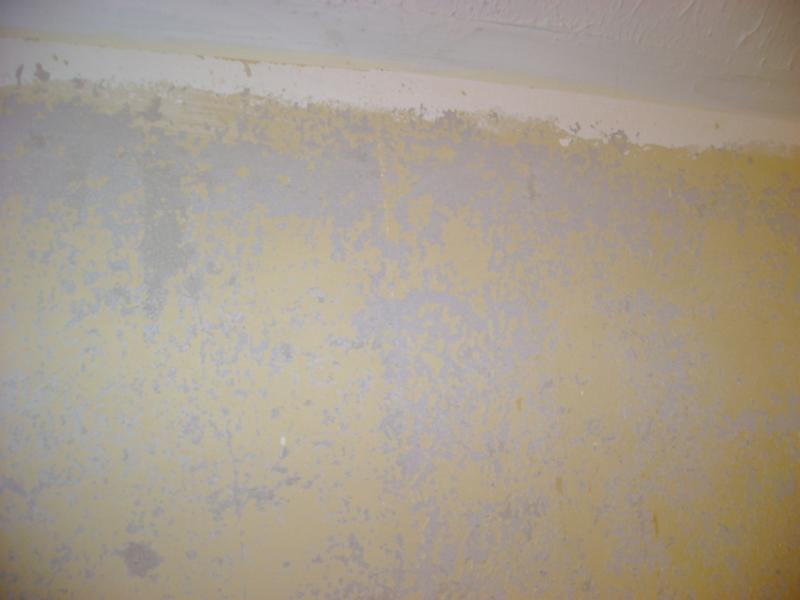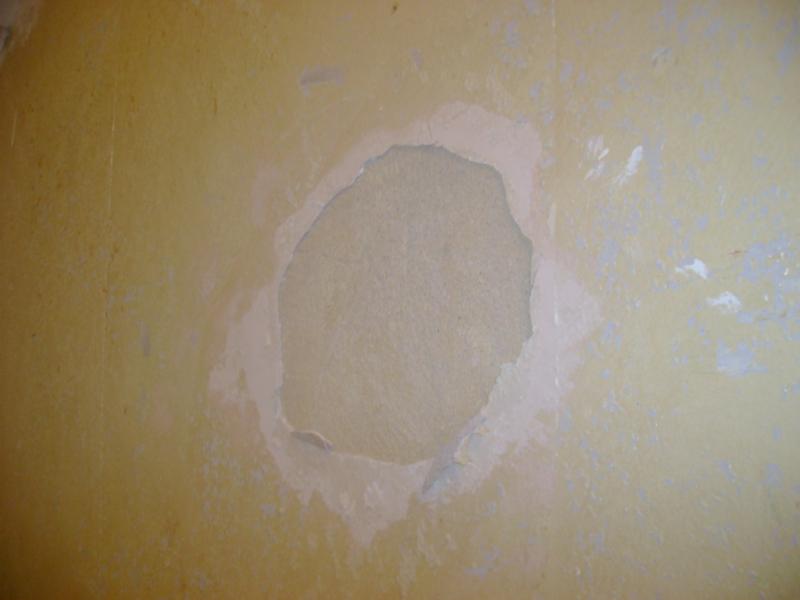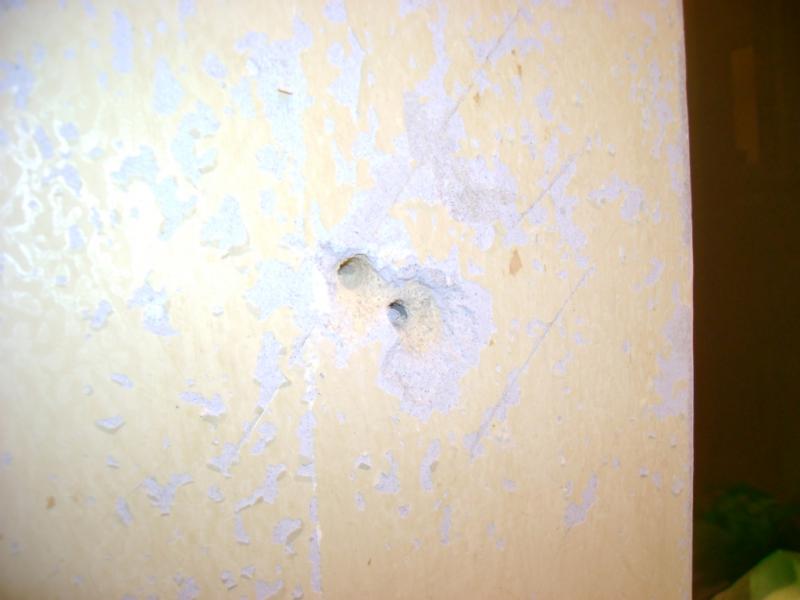Lots of really helpful advice on here - thanks to all those who have offered advice I've already benefitted from!
Have just moved into a house - 1930s construction. Most rooms had horrible textured wallpaper - looked like grains of rice in the paper which had just been painted over and over.
So it had to come off. Actually came off remarkably easily after sponging with warm water with some vinegar and gentle scraping.
The walls don't look in bad condition. There appears to be a thin layer of yellow ?paint/primer which is very inconsistent and gone in places followed by grey plaster-like substance about 5mm thick. In a couple of places this grey layer breaks through to a very sandy, loose yellow substance. The house is of brick construction with no strange features as far as I'm aware. In a few small places there feels to be a little bit of "give" between the grey and yellow layer - ie the two layers are not totally adherent though this is only when you poke and prod.
The reason I've stripped the textured wallpaper is to paint things, perhaps with wallpapering a feature wall.
My plan was to (1) plaster the deep holes with ready-mixed plaster and allow to dry before sanding flush with the rest of the wall (2) paint the whole wall with a primer/basecoat, then (3) sand back with fine paper to get a smooth surface, then reapply basecoat if necessary before painting as normal.
Does anybody have any guidance about where to go from here? Is this a reasonable approach? I wondered (a) does anybody have any advice about which products may be best to prime the surface/allow sanding back (b) is it reasonable to expect to get a good surface with this approach (c) any other tips?
Many thanks! Was just about to post some pics but batteries in camera have just died - will post as soon as they've charged!
Crunchie
Have just moved into a house - 1930s construction. Most rooms had horrible textured wallpaper - looked like grains of rice in the paper which had just been painted over and over.
So it had to come off. Actually came off remarkably easily after sponging with warm water with some vinegar and gentle scraping.
The walls don't look in bad condition. There appears to be a thin layer of yellow ?paint/primer which is very inconsistent and gone in places followed by grey plaster-like substance about 5mm thick. In a couple of places this grey layer breaks through to a very sandy, loose yellow substance. The house is of brick construction with no strange features as far as I'm aware. In a few small places there feels to be a little bit of "give" between the grey and yellow layer - ie the two layers are not totally adherent though this is only when you poke and prod.
The reason I've stripped the textured wallpaper is to paint things, perhaps with wallpapering a feature wall.
My plan was to (1) plaster the deep holes with ready-mixed plaster and allow to dry before sanding flush with the rest of the wall (2) paint the whole wall with a primer/basecoat, then (3) sand back with fine paper to get a smooth surface, then reapply basecoat if necessary before painting as normal.
Does anybody have any guidance about where to go from here? Is this a reasonable approach? I wondered (a) does anybody have any advice about which products may be best to prime the surface/allow sanding back (b) is it reasonable to expect to get a good surface with this approach (c) any other tips?
Many thanks! Was just about to post some pics but batteries in camera have just died - will post as soon as they've charged!
Crunchie




